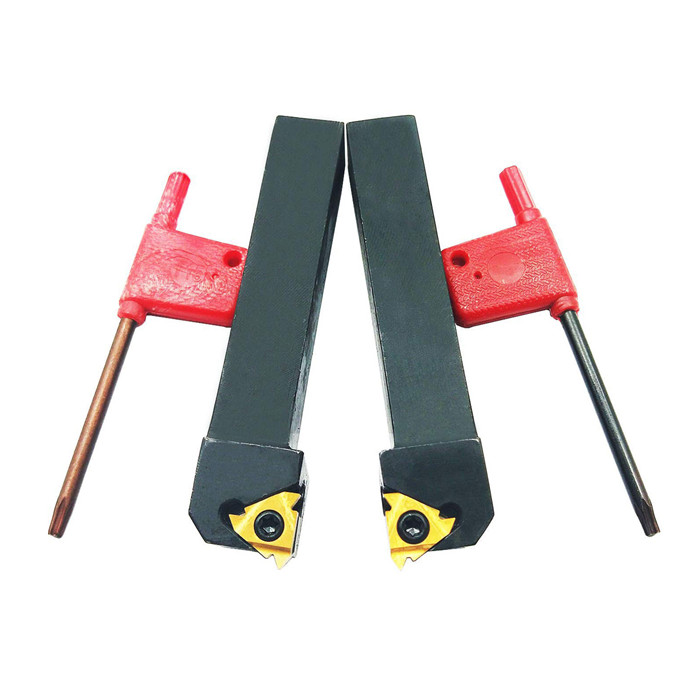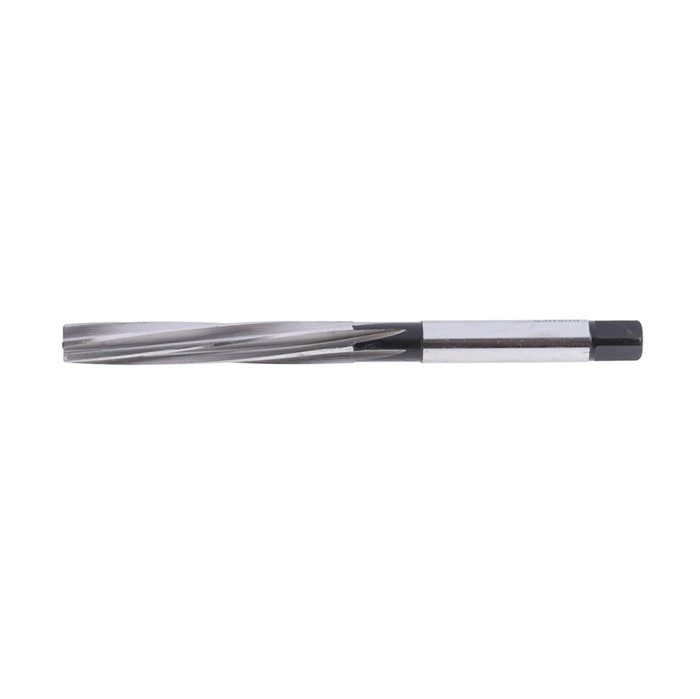High-Quality Inch size trapeze ACME threading insert
Finding the right high-quality inch size trapeze ACME threading insert is crucial for various industrial and mechanical applications. This guide covers everything from understanding ACME threads to selecting the best insert material and ensuring proper installation for optimal performance and longevity.
Understanding ACME Threads
ACME threads, known for their trapezoidal shape, are commonly used in lead screws for converting rotary motion into linear motion. Unlike standard V-threads, ACME threads offer greater strength, smoother operation, and improved wear resistance. They are often found in machinery, such as lathes, milling machines, and 3D printers. Wayleading Tools is a provider of high-precision tools, so understanding ACME threads is essential for our clientele.
ACME Thread Forms
There are several types of ACME thread forms, including:
- General Purpose ACME Threads: These are the most common and are used for a wide range of applications.
- Centralizing ACME Threads: These threads are designed for applications requiring precise alignment.
- Stub ACME Threads: These have a shorter thread height and are used where space is limited.
Selecting the Right High-Quality Inch Size Trapeze ACME Threading Insert
Choosing the appropriate insert involves considering several factors:
Material Selection
The insert material should be compatible with the materials being threaded and the operating environment. Common materials include:
- Carbide: Offers excellent wear resistance and is suitable for machining a wide range of materials, including steel, stainless steel, and cast iron.
- High-Speed Steel (HSS): A more economical option for softer materials like aluminum and plastic.
- Cermet: Provides a good balance of toughness and wear resistance, suitable for high-speed machining.
Insert Size and Geometry
Ensure the insert size matches the internal thread size you intend to cut. The geometry of the insert, including the lead angle and thread profile, is also critical for accurate and efficient threading. Pay close attention to the inch size specifications provided by the manufacturer.
Coating Considerations
Coatings can significantly improve the performance and lifespan of threading inserts. Common coatings include:
- Titanium Nitride (TiN): A general-purpose coating that improves wear resistance and tool life.
- Titanium Carbonitride (TiCN): Offers higher hardness and wear resistance than TiN, suitable for abrasive materials.
- Aluminum Titanium Nitride (AlTiN): Provides excellent heat resistance and is ideal for high-speed machining of hardened steels.
Installation and Usage Tips
Proper installation and usage are essential for maximizing the performance and lifespan of your ACME threading insert.
Secure Mounting
Ensure the insert is securely mounted in the tool holder. A loose insert can lead to vibration, chatter, and inaccurate threads. Use the correct torque settings recommended by the tool holder manufacturer.
Cutting Parameters
Use appropriate cutting speeds and feeds based on the material being machined and the insert material. Refer to the insert manufacturer's recommendations for optimal parameters. Insufficient speeds can lead to poor surface finish, while excessive speeds can cause tool wear or breakage.
Coolant Application
Apply coolant generously during the threading process to reduce heat and flush away chips. This helps to prevent tool wear and improve surface finish. Choose a coolant that is compatible with the material being machined.
Troubleshooting Common Issues
Even with proper selection and installation, you may encounter issues during the threading process.
Chatter
Chatter can be caused by a loose insert, excessive cutting speed, or insufficient machine rigidity. Reduce the cutting speed, ensure the insert is securely mounted, and consider using a tool holder with improved damping characteristics. For more information on tooling solutions, visit Wayleading Tools.
Poor Surface Finish
A poor surface finish can be caused by a dull insert, incorrect cutting parameters, or inadequate coolant. Replace the insert, adjust the cutting speed and feed, and ensure a sufficient supply of coolant.
Premature Tool Wear
Premature tool wear can be caused by excessive cutting speed, abrasive materials, or inadequate coolant. Reduce the cutting speed, choose an insert with a more wear-resistant coating, and ensure a sufficient supply of coolant.
Benefits of Using High-Quality Inch Size Trapeze ACME Threading Insert
Investing in high-quality inserts offers numerous benefits:
- Improved Accuracy: Precision-ground inserts ensure accurate thread profiles and dimensions.
- Increased Tool Life: High-quality materials and coatings extend the lifespan of the insert, reducing tooling costs.
- Enhanced Productivity: Optimized cutting parameters and efficient chip evacuation lead to faster threading times.
- Better Surface Finish: Properly selected and installed inserts produce smoother and more consistent surface finishes.
Conclusion
Selecting the right high-quality inch size trapeze ACME threading insert is crucial for achieving accurate, efficient, and reliable threading results. By considering factors such as material selection, insert size, coating, and cutting parameters, you can optimize your threading operations and minimize tooling costs. Remember to always consult the insert manufacturer's recommendations for optimal performance. At Wayleading Tools, we understand the importance of precision tooling. Contact us to learn more about selecting the right tools for your specific application.
Related products
Related products
Best selling products
Best selling products-
 CCMT Turning Insert For Indexable Turning Tool Holder
CCMT Turning Insert For Indexable Turning Tool Holder -
 Indexable SER & SEL Threading Tool Holder With Metric & Inch Size
Indexable SER & SEL Threading Tool Holder With Metric & Inch Size -
 MT-APU Drill Chuck Holder With Keyless Type
MT-APU Drill Chuck Holder With Keyless Type -
 Dead Center For Morse Taper Shank
Dead Center For Morse Taper Shank -
 HSS Inch Hand Reamer With Straight Or Spiral Flute
HSS Inch Hand Reamer With Straight Or Spiral Flute -
 Digital Depth Gauge With Stainless Steel For Industrial Type
Digital Depth Gauge With Stainless Steel For Industrial Type -
 Round Die Wrench For Thread Cutting Tools
Round Die Wrench For Thread Cutting Tools -
 Dial Depth Gauge With Stainless Steel For Industrial Type
Dial Depth Gauge With Stainless Steel For Industrial Type -
 Type J-60 Degree Cone Tungsten Carbide Rotary Burr
Type J-60 Degree Cone Tungsten Carbide Rotary Burr -
 Partial profile 55° Threading Insert With ER & IR Type
Partial profile 55° Threading Insert With ER & IR Type -
 Precision 10pcs & 12pcs Angle Blocks Set With High Quality Type
Precision 10pcs & 12pcs Angle Blocks Set With High Quality Type -
 Precision Dustproof Dial Caliper Of Double Shock-Proof For Industrial
Precision Dustproof Dial Caliper Of Double Shock-Proof For Industrial











